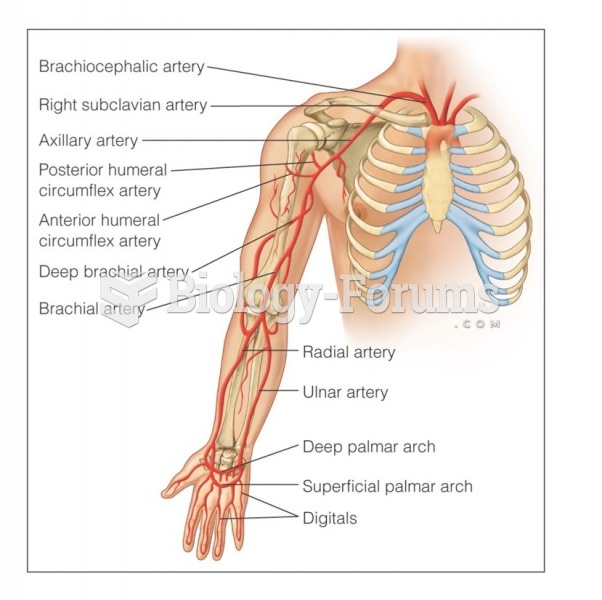Answer to Question 1
Answer: The two main boundary types are physical and cultural boundaries. Physical boundaries coincide with significant features of the natural landscape whereas cultural boundaries follow the distribution of cultural characteristics. Neither type of boundary is better or more natural, and many boundaries are a combination of both types.
Physical boundaries: Physical features on Earth's surface can make good boundaries because they are easily seen, both on a map and on the ground. Three types of physical elements serve as boundaries between states. Desert make effective boundaries because they are hard to cross and sparsely inhabited. In North Africa, the Sahara has generally proved to be a stable boundary separating Algeria, Libya, and Egypt on the north from Mauritania, Mali, Niger, Chad, and the Sudan on the south. Mountains can be effective boundaries if they are difficult to cross. Contact between nationalities living on opposite sides may be limited, or completely impossible if passes are closed by winter storms. Mountains are also useful boundaries because they are rather permanent and are usually sparsely inhabited. Finally, rivers, lakes, and oceans are commonly used as boundaries, because they are readily visible on maps and aerial imagery. Historically, water boundaries offered good protection against attack from another state, because an invading state had to transport its troops by ship and secure a landing spot in the country being attacked. The state being invaded could concentrate its defense at the landing point.
Cultural Boundaries: Two types of cultural boundaries are common. These are geometric and ethnic. Geometric boundaries are simply straight lines drawn on a map (parts of US-Canadian border). Ethnic boundaries between states coincide with differences in ethnicity, especially language and religion. Boundaries between countries have been placed where possible to separate ethnic groups. Language is an important cultural characteristic for drawing boundaries, especially in Europe. Religious differences often coincide with boundaries between states, but in only a few cases has religion been used to select the actual boundary line.
Answer to Question 2
Answer: A state is an area organized into a political unit and ruled by an established government that has control over its internal and foreign affairs. A state occupies a defined territory with a resident population. A state has sovereignty, which means control of its internal affairs without interference by other states.
Kosovo: The Republic of Kosovo declared its independence from Serbia in 2008, following ethnic cleansing and war crimes by some Serb leaders. Serbia's ally Russia has blocked Kosovo's membership in the United Nations so Kosovo's sovereignty must be instead recognized by a majority of the world's countries. The U.S. and most European countries recognize Kosovo as an independent sovereign state, but Serbia, Russia, and most countries of Africa and Asia do not.
Western Sahara: Western Sahara was once a Spanish colony. The sparsely populated desert of Western Sahara remains the last major African territory without its own government. In 1975, the Spanish left administration of Western Sahara to Morocco and Mauritania. When Mauritania left in 1979, Morocco sent settlers to colonize Western Sahara. Morocco's claims have been challenged by Western Saharans seeking an independent country. The U.N. has repeatedly asked for a referendum on independence but without success, mainly because Morocco would like to hold on to the mineral resources in the territory.
Taiwan: Most governments consider China and Taiwan as separate and sovereign states. According to China's government, Taiwan is not sovereign, but a part of China. This confusing situation arose from a civil war in China during the late 1940s between the Nationalists and the Communists. After losing, Nationalist leaders in 1949 fled to Taiwan, 120 miles off the Chinese coast. In Taiwan, Nationalists traditionally claim they are the legitimate rulers of China and are waiting until such time when they can defeat the mainland Communists and return to rule China.







